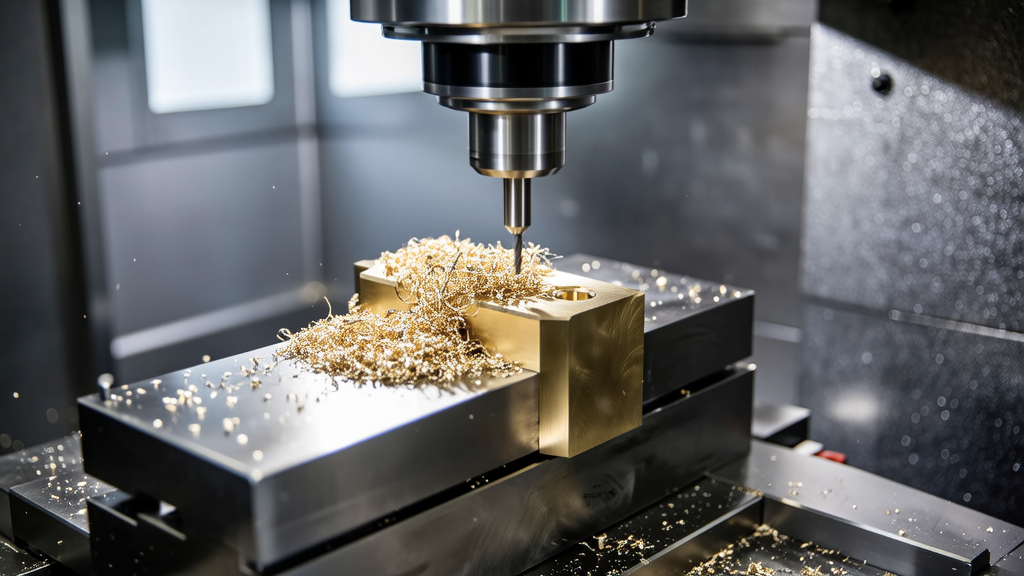Understanding Stainless Steel Hardening
Stainless steel has unique properties, but it also has a tendency to harden during machining. This hardening occurs primarily due to the heat generated in the cutting process, which can lead to severe tool wear and diminished surface quality. To combat this, I found that adjusting machining techniques can make a significant difference. The manufacturer employs advanced cutting tools made from high-speed steel or carbide, designed to withstand higher temperatures and provide longer tool life.
What I really love about their approach is how they fine-tune the feed rates and spindle speeds during machining. By optimizing these parameters, they manage to keep temperatures lower, which helps prevent excessive hardening. It’s all about finding that sweet spot where efficiency meets quality.
Practical Solutions for Machining
Sensibly, they also employ cooling methods, such as flood cooling or mist cooling, to maintain a cooler working temperature. This technique helps to reduce thermal stresses on the material and the tools, which in turn minimizes the risk of hardening. Additionally, I’ve seen them implement vibration damping systems to counteract the effects of machining-induced vibrations, further improving tool life and accuracy.
Now, here’s a pro tip: always monitor your cutting tools closely. I’ve learned from experience that regular inspections can prevent unforeseen failures caused by hardening issues. It’s pivotal to replace worn tools before they output poor quality parts. It not only saves time but also significantly enhances overall productivity.
Implementing Advanced Techniques
Beyond traditional methods, this manufacturer integrates some cutting-edge technology into their processes. For instance, they utilize precision laser measurement systems to constantly assess the condition of the machined parts in real-time. This ensures that any hardening impacts are immediately identified and addressed before they spiral into bigger problems.

I’ve also observed them applying advanced software that utilizes predictive analytics based on historical data to foresee potential hardening incidents. By being proactive rather than reactive, they’re able to maintain high production standards while minimizing risk.
Conclusion
If you’re in the stainless steel machining game, I encourage you to consider how these strategies can be implemented in your operations. The experiences I’ve shared here reflect just a portion of what can be done to solve hardening issues effectively. Staying ahead with the latest techniques can not only make your processes more efficient but also improve overall product quality. Stay proactive, monitor your tools, and don’t hesitate to embrace new technologies that can give you an edge. If you try these methods, let me know how they work out for you!
What causes hardening in stainless steel during machining?
Hardening in stainless steel typically occurs due to the heat generated during the cutting process. When the temperature rises, it can result in changes in the microstructure of the steel, leading to increased hardness and making the machining process more challenging.
This hardening not only affects the properties of the material, but also results in severe tool wear which can ultimately lead to decreased performance and quality in the machined parts.

What techniques can be used to minimize hardening during CNC machining?
To reduce hardening during CNC machining, several techniques can be utilized, including adjusting cutting speeds and feed rates. Each specific combination of parameters can help control the heat generated during the process.
Additionally, employing cooling methods such as flood cooling or mist cooling can help in maintaining lower temperatures, which is crucial for reducing the effects of hardening.
How does tool material affect the hardening process in stainless steel machining?
The choice of tool material plays a significant role in the machining process. Using cutting tools made from high-speed steel or carbide can be beneficial, as these materials are designed to withstand higher temperatures and provide longer tool life.
By selecting the right tool, manufacturers can enhance the machining efficiency while minimizing issues related to hardening, resulting in better quality products.
What advanced techniques can CNC manufacturers implement to tackle hardening?
CNC manufacturers can incorporate advanced techniques such as precision laser measurement systems to assess the condition of machined parts in real-time. This helps in identifying hardening issues quickly, allowing for immediate corrective actions.
Moreover, utilizing predictive analytics based on historical data can aid in foreseeing potential hardening incidents, enabling manufacturers to stay ahead of any complications.
How often should tools be inspected to prevent hardening issues?
Regular tool inspections should be part of your machining strategy. I recommend checking your cutting tools every few cycles, or at least once per shift, depending on your production volume. Early detection of wear can prevent unexpected failures caused by hardening.
By replacing worn tools proactively, manufacturers can maintain productivity, quality, and reduce the risk of complications down the line.








